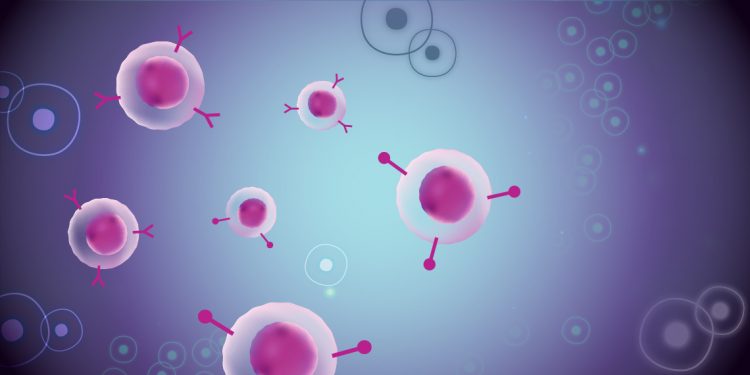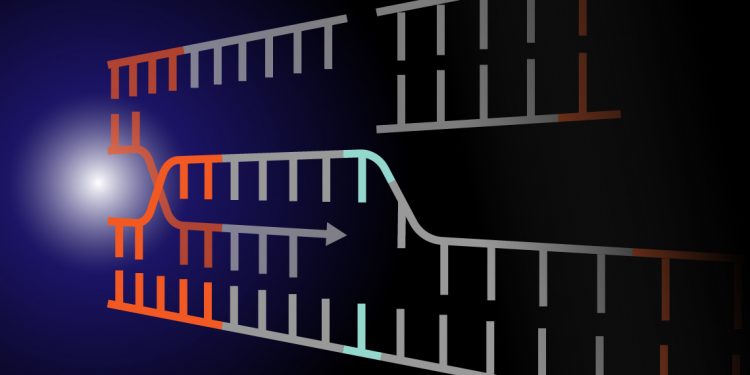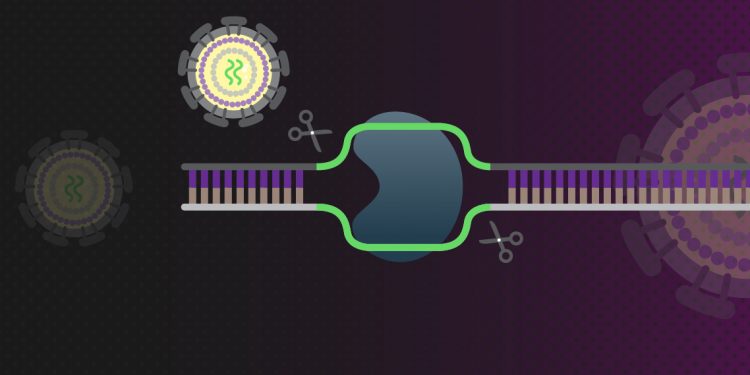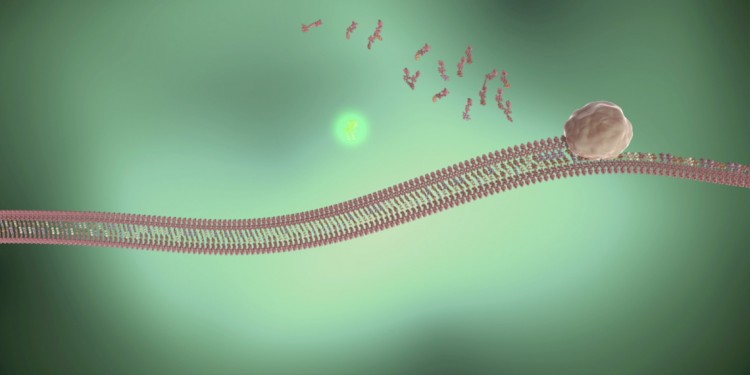
Top 8 Advantages of Electroporation in Cell and Gene Therapy

10 Tips for Setting Up a Successful Cell Sorting Experiment

A Novel CAR-T Cell Therapy Approach Using Fluorescence-Activated Cell Sorting and Stem Cell Transplantation

Improving CRISPR-Cas9 Gene Editing:
Tackling the HDR Inefficiency Problem

The Potential for CRISPR Gene Editing in HIV


